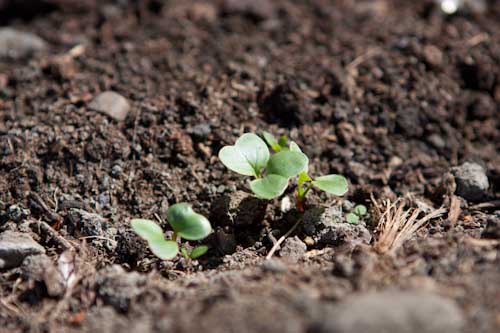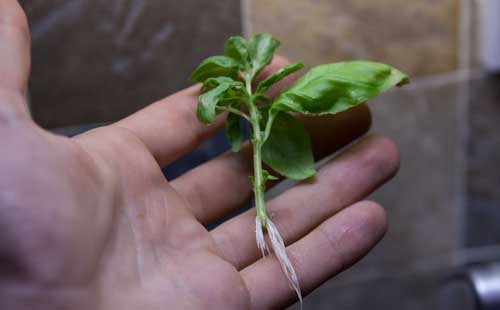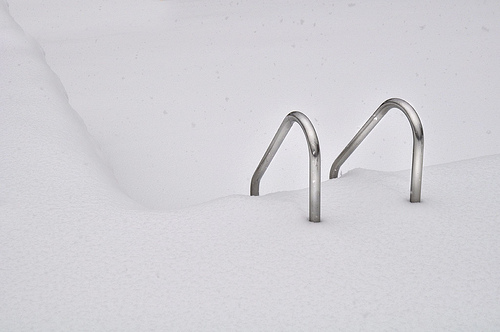Growing Espalier fruit trees is not only a great way of growing the likes of apples and pears in a confined space but also a way to add attractive plants to your garden. A flowering espalier will make an otherwise boring wall or fence look stunning. Once initially trained espaliers don’t require much care – a quick prune once or maybe twice a year.
When to Prune an Espalier Apple Trees
Most pruning should be done in the middle of winter when the tree is dormant. Anytime between January and March should be fine. On established plants you may need to do some light pruning in late summer in order to help maximize your fruit harvest (more on this below).
Pruning To Train Espaliers
The main purpose of pruning an espalier in the frost 3-4 years of growth is to shape the tree by creating the horizontal leaders/tiers to both create an attractive tree as well as maximizing future yields of fruit.
Unfortunately there are no short cuts and you’ll most likely be able to gain one tier of horizontals each year. Each year you’ll need to trim back the vertical leader (main stem) in order to encourage new side shoots that will form the next horizontal layer.

In order to do this prune the vertical leader just above 3 buds. One bud will be the next vertical leader while the other two will hopefully form the next horizontals (one left, one right). Pruning the main vertical leader hard in the winter encourages vigorous growth just below the cut.
Allow the 3 buds to grow throughout the summer and when big enough tie them in position. With the new branches that will form the new tier you may struggle to tie them horizontal at first as their tendency will be to grow upwards. If this is the case you may have to tie them at a diagonal angle first until they are long enough and flexible enough to be bent horizontal.
Depending on the width of your espalier you may want to encourage your horizontal leader to put on growth. To do this simply prune them just after a downward facing bud.

The downward facing bud will grow out over the next summer to be a continuation of the horizontal tier.
Allowing an Espalier to Flower/Fruit
During this initial training phase some people prefer to remove any blossom the tree puts on in early summer. This ensure that all of the plants growth goes into producing strong leaders and roots rather than producing fruit. Whether you do this is up to you and depends how patient you are!
If allowed to set fruit, young apple trees tend to not fruit too well in the first few years. While the tree is still growing yields can be poor as energy is diverted towards root and foliage growth. Any fruit that does get produced is often bitter tasting and taken by pests. As a result many growers feel it is better to remove flowers from an espalier until the tree is virtually at it’s intended size and shape.
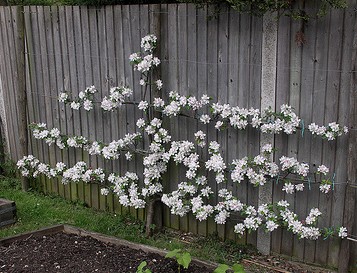
Pruning Established Espaliers
Once your espalier is trained yearly pruning should be a relatively simple and quick process.
First you’ll need to prune back the side shoots from your horizontal tiers. Cut these back to 3 leaves from the basal cluster. Prune back growth from previously pruned side shoots to one leaf.
On more mature plants you may need to thin out the buds to prevent the trees spur system becoming too congested. This should be done between January and March.

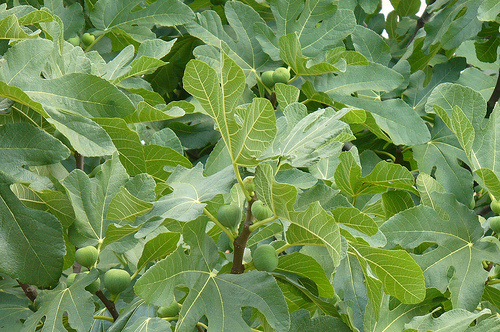 image by
image by 